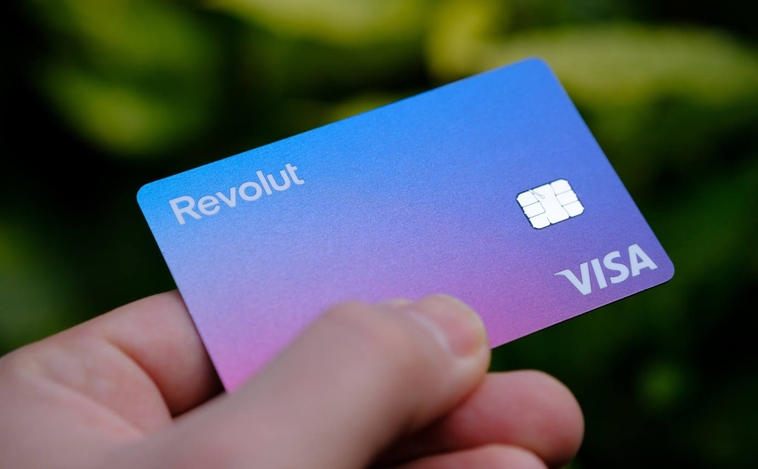Last Updated on: 22nd November 2023, 12:09 pm
In the digital world, your website serves as the primary introduction of your brand to your audience. It’s not just about what services or products you offer, but the story and character your brand conveys. The impact of this virtual presentation can make a substantial difference in your market positioning. Here are eight critical web design elements that can significantly amplify your brand’s character, making your website not just a business portal but a resonating space that reflects your brand’s identity, ethos, and journey.
1. Cohesive Color Palette
A cohesive colour palette is instrumental in conveying your brand’s ethos, emotional reach, and narrative. The strategic selection of colours isn’t just about aesthetics; each hue can invoke specific emotions and reactions, making this choice critical for how your brand is perceived. Collaborating with a reliable web design agency can be invaluable in this process. Experienced professionals can analyze your brand’s core values and target demographic, using this information to help you select a colour scheme that resonates with your audience while staying true to your brand identity. The agency’s expertise ensures that the chosen palette harmoniously blends across all design elements, creating a visual consistency that enhances brand recognition and trust.
2. Compelling Typography
Typography is a subtle yet powerful player in character expression. The font styles, sizes, and arrangements you use don’t just facilitate readability; they carry an aesthetic weight that can align with your brand’s personality. A tech company might opt for a sleek, minimalist font that suggests sophistication, while a brand geared towards children’s products might choose fun, rounded fonts. Well-chosen typography adds character to your content, making your message not just read, but felt.
3. Custom Imagery and Graphics
Stock photos are quick and convenient, but custom imagery and graphics are where your brand can visually express its uniqueness. These elements, whether they are product photos, team pictures, or custom illustrations, should be tailored to communicate your brand’s story authentically and compellingly. They humanize your brand, creating a visual narrative that can set you apart from competitors and help customers understand your brand beyond mere words.
4. Intuitive Navigation
While not often associated with brand character, intuitive navigation is key to how users experience your brand. A cluttered, confusing website can reflect poorly, suggesting disorganization or a lack of transparency. In contrast, a clean, user-friendly navigation layout represents a brand that values customers’ time and seeks to make their journey satisfying and hassle-free. This ease of use enhances brand reputation, encouraging users to return.
5. Interactive Content
Interactive content, like quizzes, calculators, or interactive infographics, pulls visitors into an experience, making them active participants in your website’s narrative. This level of engagement, where users are clicking, swiping, or dragging, creates a connection that passive content viewing can’t achieve. This interaction doesn’t just enhance user experience; it builds a rapport, characterizing your brand as accessible and customer-centric.
6. Consistent Brand Voice
The textual content on your website should resonate with a consistent brand voice. Whether your brand is professional, friendly, authoritative, or quirky, this voice should echo across all content. Every written element, from detailed blog posts to the few words on a call-to-action button, contributes to this consistent voice. It builds a character sketch in the visitor’s mind, making your brand personality clear and memorable.
7. Mobile Responsiveness
Today’s consumers are perpetually on the move, and mobile responsiveness is no longer a luxury but a necessity. This feature speaks silently yet strongly of a brand that is modern, adaptable, and considerate of users’ needs. A mobile-responsive design, with its seamless adaptability to various screen sizes, denotes a brand that is forward-thinking and user-focused, characteristics that are paramount in today’s digital landscape.
8. Personalized User Experiences
Personalization is a powerful tool for solidifying your brand’s character and creating an environment on your website where users feel acknowledged and valued. By utilizing data-driven insights and AI technology, brands can offer personalized greetings, product recommendations, and content that aligns with users’ preferences and browsing history. This individual attention makes experiences more relevant and engaging, fostering loyalty and portraying your brand as attentive and responsive to customer needs. Incorporating personalization into your web design shows that your brand is committed to building relationships with its audience, not just selling a product or service.
Conclusion
Amplifying your brand’s character through your website is a multifaceted endeavour. It’s about intertwining aesthetics with functionality, and individuality with user experience. Every component, from the colour scheme and imagery to the navigational flow and content voice, needs to be a deliberate choice that contributes to a cohesive brand story. By investing in these eight web design elements, you’re not just building a website; you’re creating a brand universe that invites visitors to engage, connect, and remember. This strategy is what distinguishes a standard website from a powerful brand ambassador. In an era where virtual impressions count immensely, businesses must leverage such detailed web design practices to carve their niche and resonate with their audience authentically and memorably.









